The Walter Scott, Jr. College of Engineering at Colorado State University brings together an aerospace ecosystem of researchers, faculty, staff and industry partners.
Well-rounded academic and research programs across engineering disciplines offer students a hands-on, applied education. Whether it’s deep-space communication, autonomous UAVs, robotics or using and calibrating sophisticated sensors, students with a passion for aerospace have a home at CSU. Check out these ten facts about CSU’s emerging role in aerospace engineering!
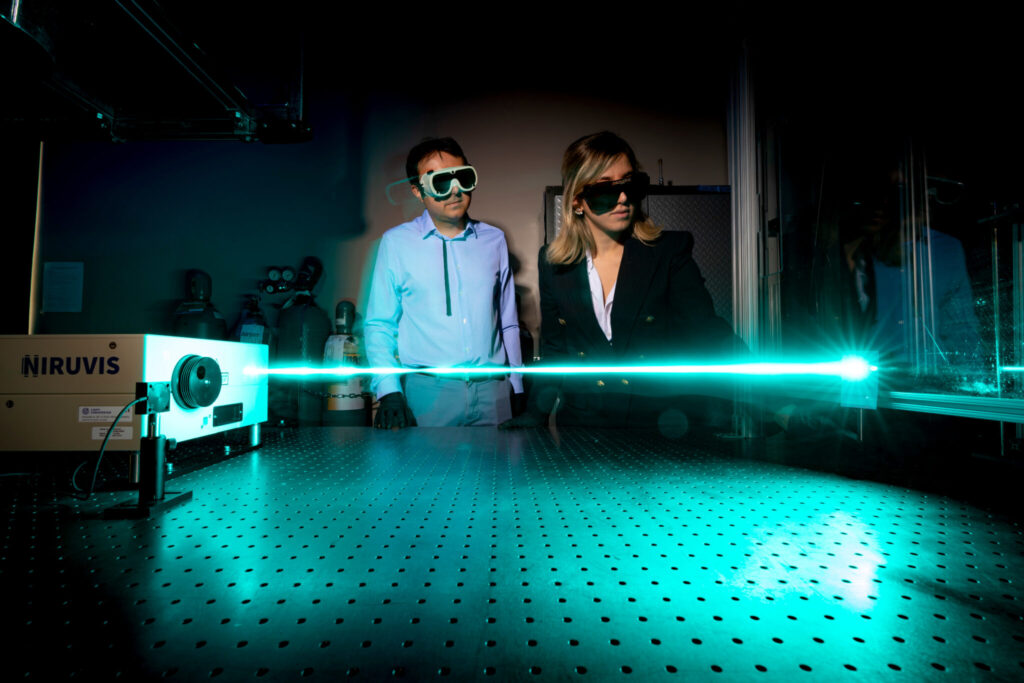
1. We offer high-quality aerospace education.
CSU excels in aerospace education across engineering departments, offering diverse pathways for students. Electrical and Computer Engineering covers wireless tech, machine learning, and energy efficiency. Mechanical Engineering delves into propulsion, fluid dynamics, and materials. Systems Engineering graduate students study aerospace, cybersecurity, and energy systems. The curriculum includes courses like Aerospace Structures (MECH 420) and Space Propulsion (MECH 468). CSU Online offers an Aerospace Certificate through distance learning. Graduate students can also achieve the Satellite and Radar Graduate Certificate or the Aerospace Engineering Graduate Certificates. In Atmospheric Science, a graduate-only program, students learn about atmospheric radiation, satellite observations, and much more.
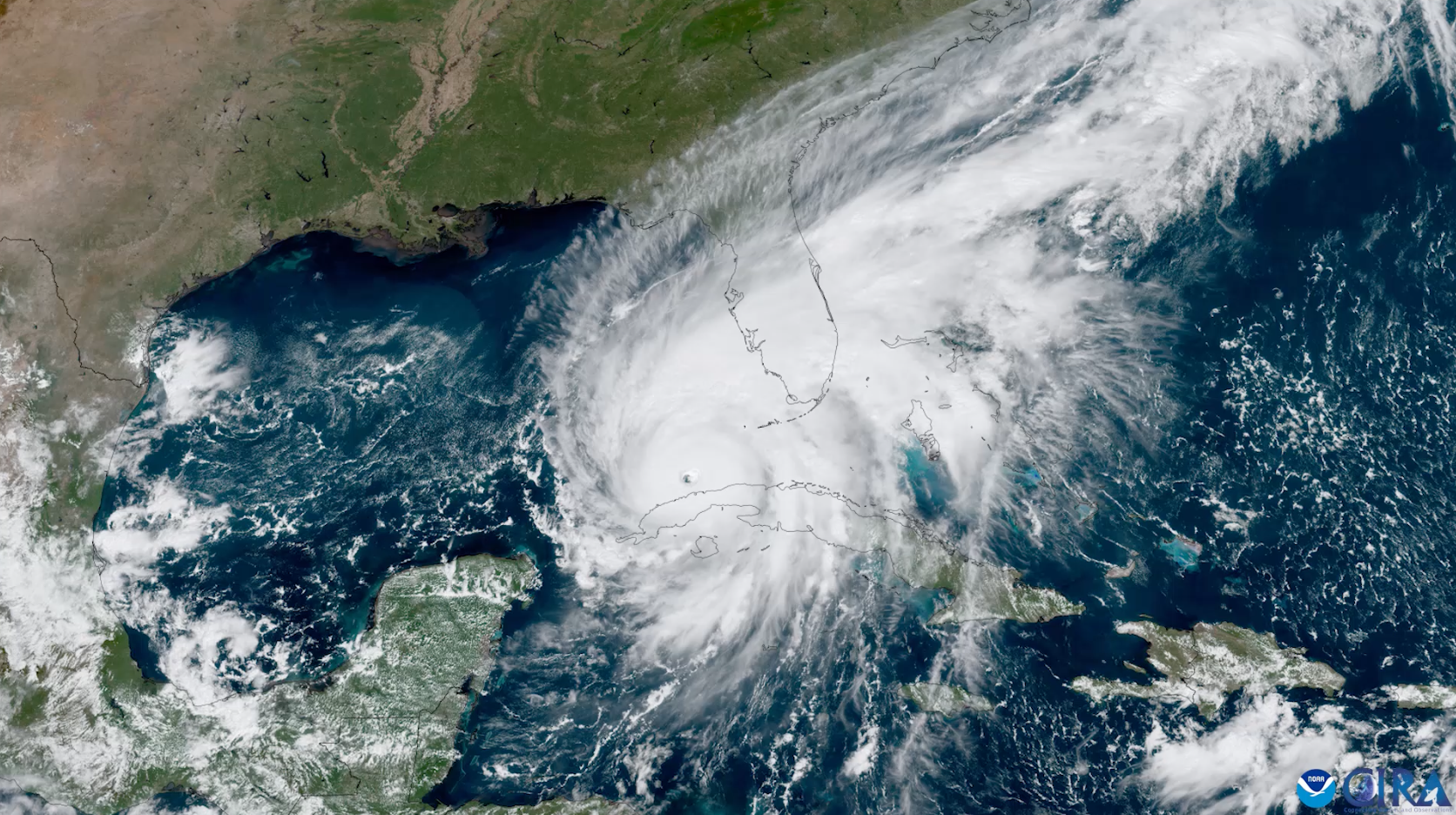
2. We have extensive aerospace research partnerships.
CSU is proud to have the Cooperative Institute for Research in the Atmosphere (CIRA) within the college. One of only 16 NOAA cooperative institutes nationwide, CIRA – with NASA, the U.S. Department of Defense, and other agencies – conducts world-leading research in satellite meteorology, tropical storms, artificial intelligence, and more. Through CIRA, CSU has the capability to observe the entire planet from orbit, and provide critical observations related to severe weather, wildfire, dust storms, drought, and other topics of extreme relevance to the nation and national security.
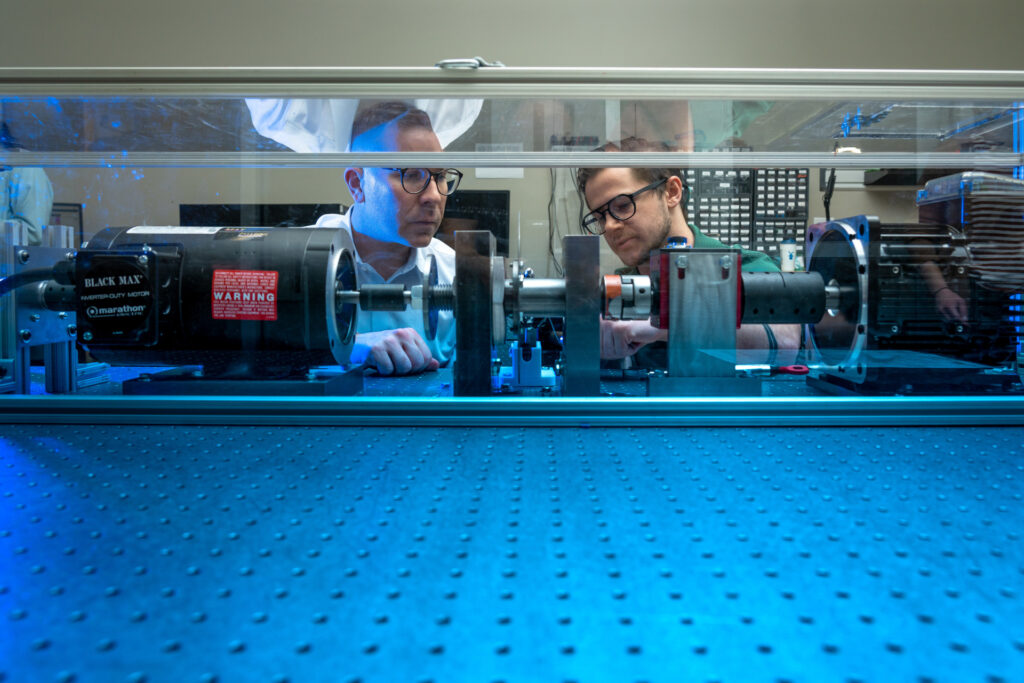
3. We publish research in a wide range of aerospace topic areas.
CSU conducts aerospace research in the following areas and more. Click on the hyperlinks to view examples of published academic articles with our professors and students as authors!

4. Industry leaders are helping to shape our aerospace programs.
CSU leveraged the power of Colorado’s thriving aerospace ecosystem to launch its aerospace and aeronautics offerings – and it continues to rely on industry leaders to shape its programs. A vast range of aerospace companies are deeply engaged with the college through Industrial Advisory Boards in electrical and computer engineering, mechanical engineering, and systems engineering. These advisory boards help guide curriculum, programs, and strategic direction.
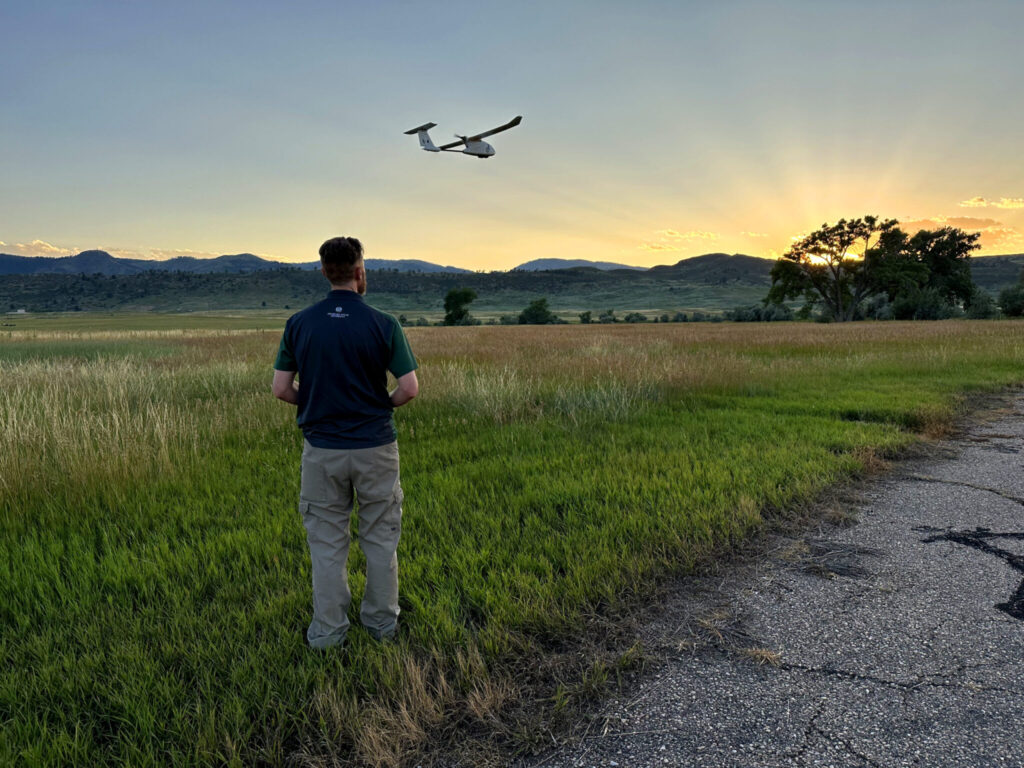
5. We have our very own drone center 🚁 focused on research and education.
The CSU Drone Center is the full-service UAV hub for the University, providing consultation on aircraft systems, project guidance, piloting, pilot training, logistical support, sensor integration and equipment rental. The mission of the CSU Drone Center is to remove barriers to UAV-enabled research and education at CSU, allowing these applications to grow and flourish. The center provides access to specialized equipment, technical expertise, and a collaborative community of researchers, both internal and external to the University. They are organizing the first of its kind drone show in Colorado, planned for October.
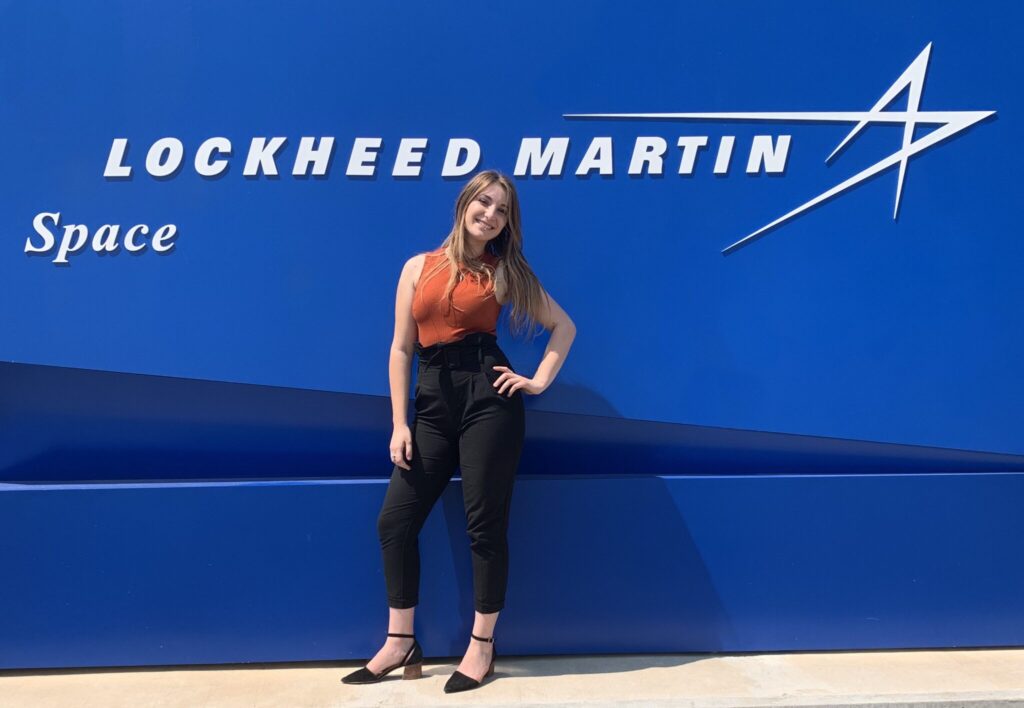
6. Three of our engineering students were named astronaut scholars in the past four years.
In the last four years alone, three exceptional CSU engineering students have rocketed to success as recipients of the coveted astronaut scholarship: Amanda Merkley, computer engineering (2019); Kori Eliaz, electrical engineering (2021); and Chloe Brekhus, mechanical engineering (2023).
“This is more than a scholarship,” said Eliaz, who is now a deep space systems engineer for Lockheed Martin. “It’s a lifelong journey with a community of people who share my passion for engineering and science.”

7. University Distinguished Professor is the first woman to lead a NASA Earth Venture mission.
In 2021, CSU Distinguished Professor Sue van den Heever in Atmospheric Science was named the first woman to lead a NASA Earth Venture Mission — a $177 million project to study the behavior of tropic storms to improve weather and climate models. The INCUS (Investigation of Convective Updrafts) mission is set to launch in 2027 as a part of NASA’s Earth Venture Program.
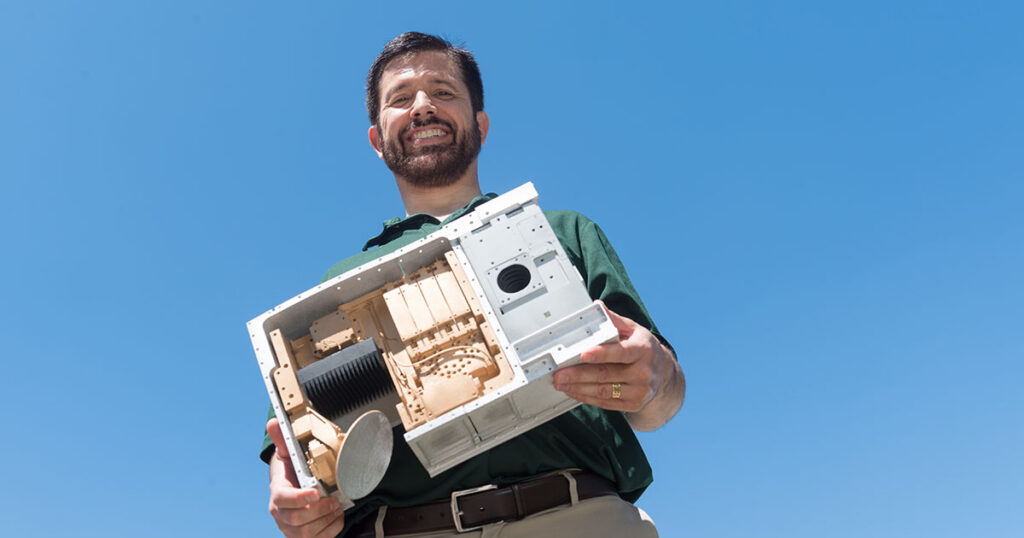
8. We developed a game-changing satellite to improve weather forecasting.
Researchers at Colorado State University developed a small but mighty satellite to improve weather forecasting. Known as TEMPEST-D, short for Temporal Experiment for Storms and Tropical Systems-Demonstration, the dictionary-sized satellite is equipped with game-changing technology to collect scientific data and exquisite images of weather events such as hurricanes and typhoons. Professor Steven Reising in electrical and computer engineering, led the successful, groundbreaking mission, with co-investigators Professors V. Chandrasekar, also in electrical and computer engineering, and Christian Kummerow, atmospheric science. They worked in partnership with NASA’s Jet Propulsion Laboratory, Blue Canyon Technologies, and NASA Wallops Flight Facility.
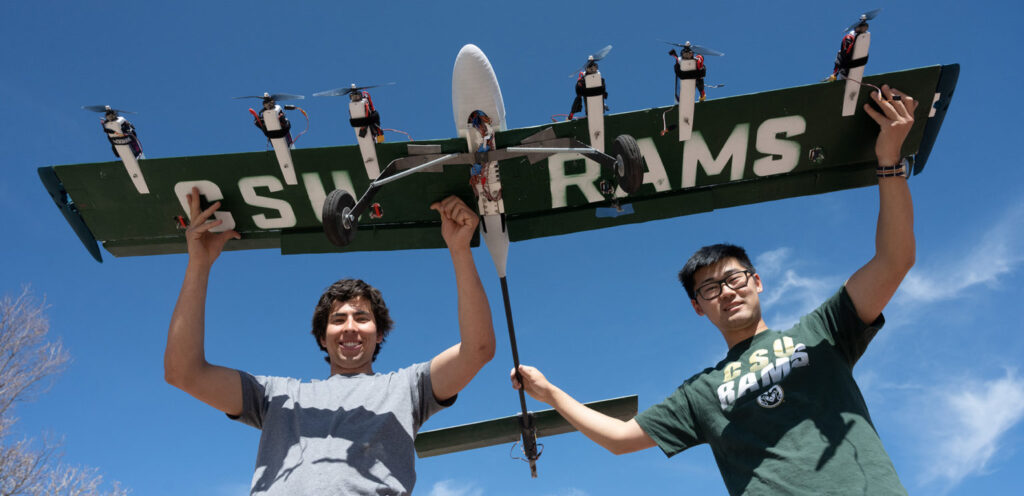
9. Our student groups are enthusiastic about aerospace engineering!
The American Institute of Aeronautics and Astronautics (AIAA) CSU student chapter recently placed the highest out of Colorado universities in the 2023 AIAA Design Build Fly competition. Ram Rocketry educates enthusiasts about safe rocket design while also helping members obtain professional certifications. The CSU chapter of Students for the Exploration and Development of Space (SEDS) offers members professional development, industry connections, and access to apply for SEDS scholarships. Other student organizations include the Colorado Front Range Chapter of the International Council on Systems Engineering (INCOSE Rams), and the CSU student chapter of the Institute of Electrical and Electronics Engineers (IEEE).
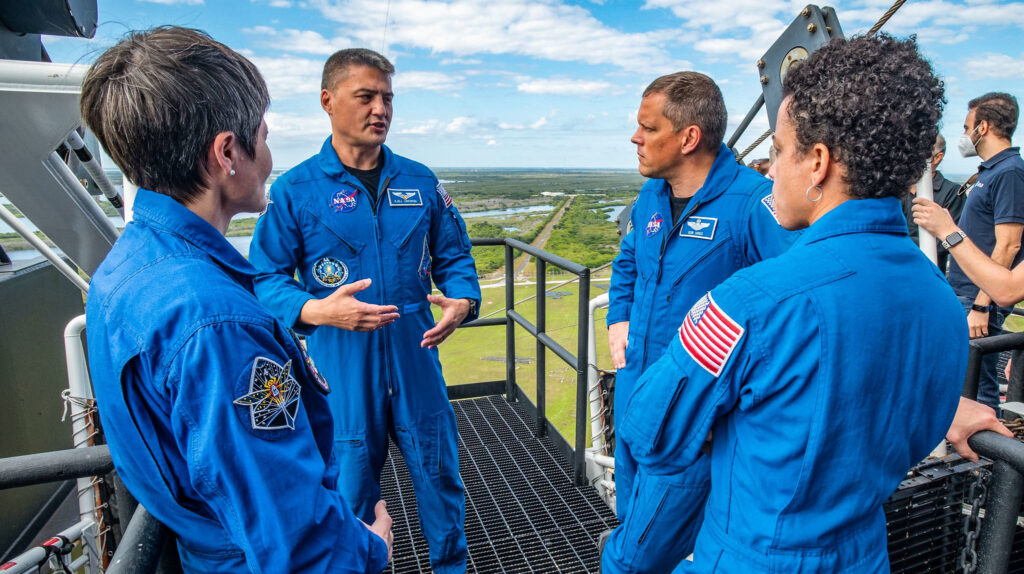
10. Our alumni are thriving in the aerospace industry.
CSU enables alumni with the skills necessary to be successful members of the aeronautic and aerospace industry – people like U.S. Army General James H. Dickinson, a CSU mechanical engineering alum (’85). He serves as the Commanding General for U.S. Space Command, overseeing 18,000 military personnel in ground and space-related operations.
CSU has a longstanding partnership with Space Command and will feature Lieutenant General John E. Shaw, Space Command Deputy Commander, as a keynote speaker at the AIAA Annual Technical Symposium hosted at CSU this September.
CSU is also home to incredible female aerospace faculty, staff, students, and alumnae. The university recently celebrated these women on National Women in Aerospace Day for their invaluable contributions to the aerospace industry.
Engineering’s most famous astronaut alumnus is Kent Rominger, who graduated with a Civil Engineering degree in 1978. CSU has produced astronauts from across campus including Dr. Kjell Lingren, an alumnus of the College of Veterinary Medicine and Biomedical Sciences (‘96). Lingren served as commander of the four-person SpaceX Crew-4 that recently visited the International Space Station. His accomplishments demonstrate the versatility of the aerospace sector, and underscore how CSU Rams can achieve great heights through various educational backgrounds and cross-disciplinary partnerships.